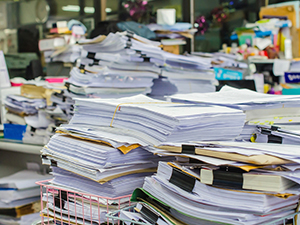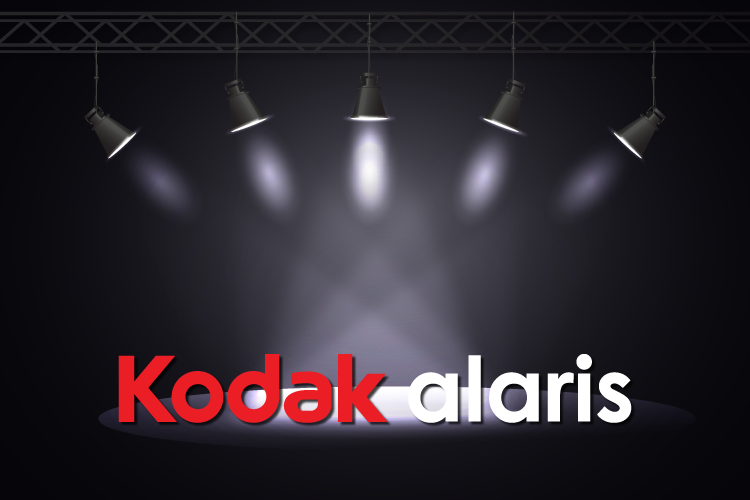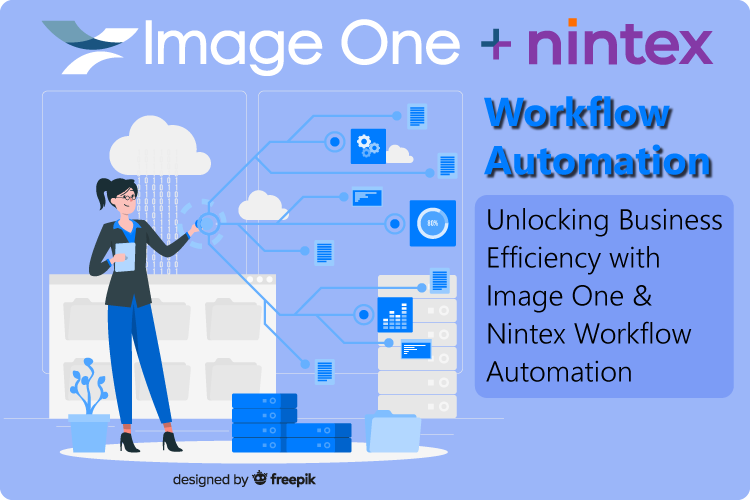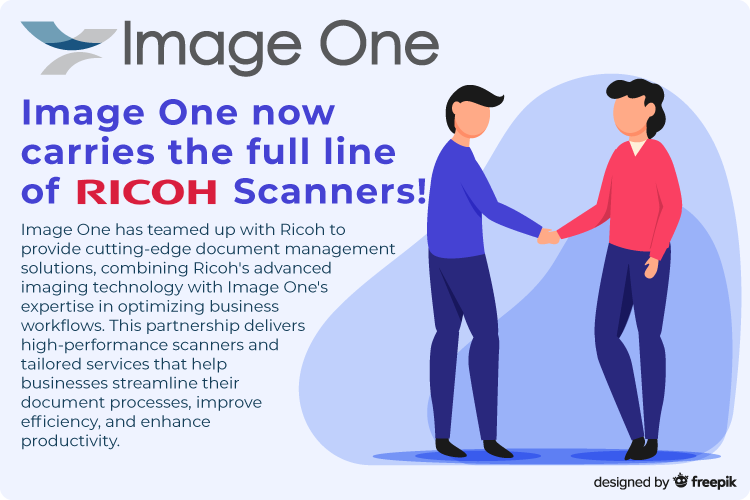The Dangers of Not Digitizing Your Records
Thursday, January 31, 2019
Trying to choose from among the many options for records storage is a lot more complicated than it used to be when file cabinets came in gray or black. Today’s record managers have to consider a broad range of formats and an even broader range of technology built around them.
The choices around records management and retention have serious consequences. Records are often the lifeblood of any business and for agencies and enterprises that require a reliable system of archival storage, there’s often no second chance to get it right.
While digital records cannot replace paper in all instances, the dangers of not digitizing your records and processes can range from the creeping to sweeping – leaving your organization poorly positioned to face a sudden disaster like a weather event, or suffering the lag of little inefficiencies that sap your ability to grow and take on your competitors.
Either way, it’s a high price to pay for not taking advantage of digital solutions that are increasingly cost-effective and customizable.
Hockey Pucks, Bad Weather & Records That Were Here Just a Minute Ago…
Here are just a few of the scenarios that ought to have you seriously rethinking your document practices built around analog records.
Microfilm Deterioration
While microfilm is a relatively inexpensive and reliable long-term storage method with a life-expectancy of hundreds of years, storage conditions have to be carefully maintained. Under improper conditions, images fade, become unreadable and begin to crack and crumble – or worse: what was once an archived reel of information has melted into a hockey puck (we’ve seen it). If you detect a whiff of vinegar coming off your microfilm, it’s breaking down – the next time you open the canister you may find dust inside…
Catastrophic Losses
Paper and film records are no match for weather events or disasters like fire or flood. If you are the National Archives, you build vaults and climate-controlled chambers and, if necessary, you call on all the resources of the U.S. government to keep your records safe. But for everyone else it is often a scramble to respond and hope for the best.
Access Denied
While loss of access doesn’t sound like a disaster on the scale of a hurricane or a fire, if access to your information and data requires the physical retrieval of a record, you’ve introduced a lot of other risks. Records can be lost or damaged and delays can make the concept of “access” seem like it means something else entirely. “You keep using that word. I do not think it means what you think it means.” – Inigo Montoya.
Lost or Damaged Files
Paper files have an aggravating tendency to go missing, no matter how carefully you stack them or how meticulous you are about depositing them in your actually-a-box inbox. Paper can also deteriorate, becoming brittle and illegible with age, even when it’s carefully filed.
Opportunity Losses
One of the most under-recognized advantages of digital transformation has nothing to do with the digital processes themselves. It’s what you can do with the time and energy you’re not wasting on needlessly manual processes of information retrieval. The unrecognized danger of maintaining clunky, outdated processes is that your workforce is investing time, energy and motivation in efforts that won’t move your business forward. Unlike a hurricane or a flood, you may not immediately recognize the damage, but things can get just as soggy.
Ok, I’ll Digitize Them, Now What?
When you’re ready to leave the danger zone, your two main record digitization options are purchasing a scanner(s) and scanning them yourself, or outsourcing scanning to a service bureau. The right choice will emerge from your answers to these questions:
- How much film do you have? (e.g. filing cabinet drawers, bankers boxes, rolls of film, jackets of microfiche, aperture cards, etc.)
- How often do you need to access these records and by how many people? (e.g. 1-2 times per year by 5 people, 3-4 times per day by 20 people)
- How much time does it take to find records? (reducing this time is central to the effort’s cost justification)
- What condition is it in? (scanning damaged/fragile media takes longer and costs more)
- What are you going to do with it once you access it?
Once you’ve answered these questions, contact Image One to learn which option – or combination of the two – is the best fit for you.
Contact us to learn more about e-forms, software and scanning solutions




